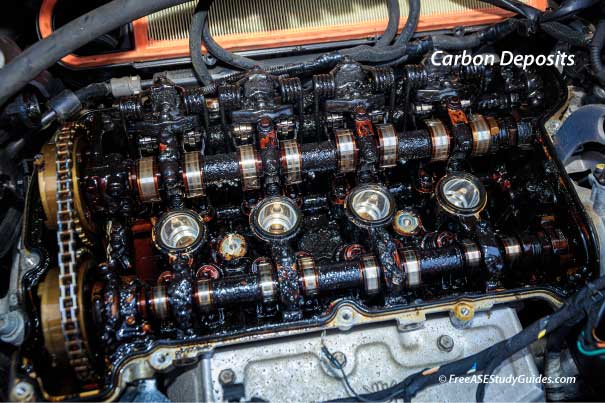Valve Stem Seals

Unchanged and neglected engine oil can jel, resulting in problems like leaking valve seals and worn engine bearings. Leaky valve seals allow the oil on the cylinder head to seep into the cylinders overnight, resulting in blue-colored exhaust at startup in the morning.

Manufacturers use positive lock valve seals on the aluminum cylinder heads. They allow for a small film of oil between the valve stem and guide. These are the preferred seal these days. Install the seal on the cylinder head before inserting the valve. These seals snap into place onto a machined groove in the head. An installation tool is required. Check the manual; intake and exhaust valve seals are typically of different colors and sizes.

Another popular seal is the umbrella type valve seal. These valve seals used to be everywhere on all kinds of engines. Polish the valve with crocus cloth and lubricate it with oil or assembly lube before installation. Slide the valve into its guide and install the umbrella seal on the cylinder head.
O-ring seals are located on the valve stem in the third groove down, under the two retainer grooves. Install the O-rings after compressing the valve spring. It is important to lubricate the seal with oil before sliding the O-ring over the valve stem.

Valve Seal Symptoms: When valve seals leak, oil enters the combustion chamber, causing the vehicle to emit blue-gray exhaust from its tailpipe. The exhaust smoke is most apparent at startup after the vehicle sits for a while. The oil on the cylinder head has had time to seep into the chamber. The smoke may disappear or lessen once the engine has run and the oil has cleared out.